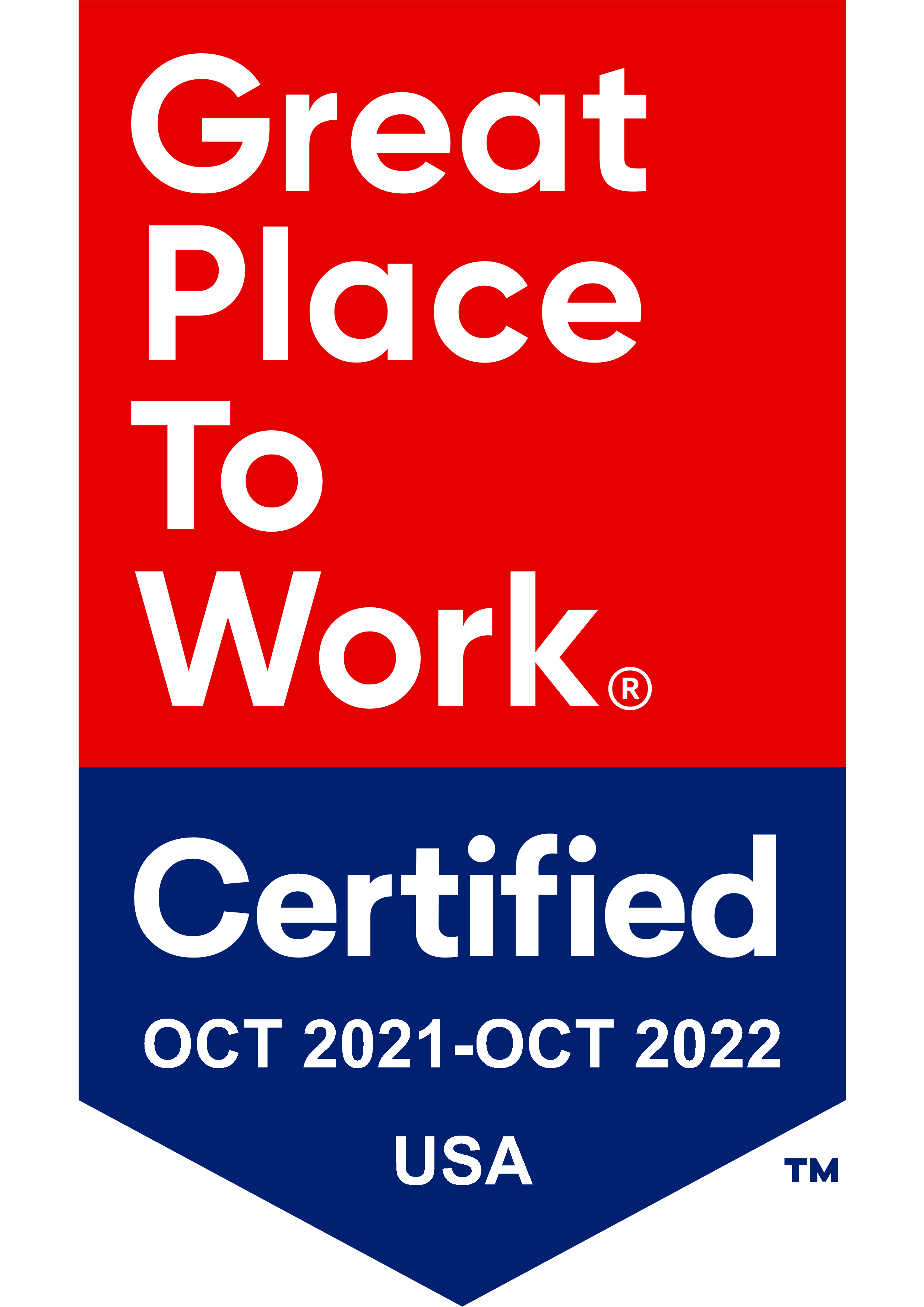
As a busy, in-demand IT professional, you may you pride yourself on your multitasking skills. If you’ve been in the field for a while, it may feel like no sweat to “put out a fire” in the HR department while finishing up a diagnostic test on the company’s database and simultaneously finalizing the latest email blast regarding cybersecurity. All in a day’s work, right?
Unfortunately for us multi-taskers, research shows that effective multitasking is a myth. That’s right - as mythical as a Tolkien dragon. According to brain researchers, quoted from an NPR article on multitasking, we simply can’t focus on more than one thing at a time - what we can do is switch between multiple tasks extremely rapidly.
Our brains our amazing, but we’re causing them to struggle every time we are switching too quickly between several tasks. Our version of multitasking, while seemingly effective, has the potential to cause the following problems:
- Stress - the more we push our brains to the limit, the more anxiety and stress we might feel about our jobs, personal lives, etc. This sort of emotional tension has negative effects on your mental and physical health.
- Loss of productivity - when you “multitask” you’re actually losing approximately 40% of your productivity. Becoming less productive is definitely not what you had in mind when you were trying to accomplish more than one task at once! I certainly know that’s not what I’m going for. This decrease in productivity is because it takes the mind more time to finish a task when it’s switching between a few tasks at a time, than if it was able to concentrate on just one.
- Errors, errors, errors - when your brain is toggling between several tasks, your potential for making blunders goes way up. Sure, blunders today may not result in being eaten by a tiger like they would’ve in ancient times, but multiple or repeated errors can hurt your career or negatively impact the firm you work for. As an IT professional, your job performance is exceptionally important for the health and the security of the company and its operating systems.
While the reasons above have illustrated why multitasking isn’t a truly viable option for your work routine, there are other great ways to become more productive at work and continue to be an “IT Rockstar.” Here are three tips to help you power through your weekly workload:
Work on your more important tasks first
In the age of constant emailing, IM-ing, work orders, and last minute deadlines, prioritizing your tasks becomes increasingly difficult, but ultimately essential, in making any headway on the items that matter most. At the start of each work day, identify the tasks that you absolutely want or need to accomplish before the end of the day. Once you’ve finished those tasks first, you’ll feel more relaxed and ready to take on other unexpected IT work. Feeling more relaxed will help you reduce the temptation to multitask.
Implement software solutions to lighten your load
By implementing and training your office to use software tools such as document management systems, Auto Filer, OCR software and electronic signature software you can potentially reduce the time you spend retrieving files and troubleshooting requests from the team, and give you more time to spend on important IT and security tasks. You’ll make your workload a little lighter while contributing to your firm in a huge way!
Close your email
This one sounds scary (especially at first) but it makes such an enormous difference when you’ve got a full schedule. Set up an automated message so your coworkers know that you’ll be checking your emails at designated times throughout the day, and if absolutely necessary a number to contact you at for emergencies. Email interruption is one of the biggest contributors to the urge to multitask - it’s so easy to get distracted and jumping to another task when you can see the requests come through! Having a set time to check and respond to email will help you maintain your focus on the tasks you’ve prioritized as most important. It will also help to alleviate anxiety that can be caused by seeing several email tasks come through at once.
These tips will help you to start avoiding multitasking in the workplace. With more focus, you may even see positive changes to your mood and stress levels outside of work, too! Multitasking seems like a great plan at first, but overall you’ll be much more productive, relaxed, and successful by prioritizing and taking on one task or fire at a time. By using these tips and becoming more aware of the negative effects of multitasking, you may even find time to finally plan that cybersecurity lunch and learn you’ve wanted to have. The sky is the limit!




